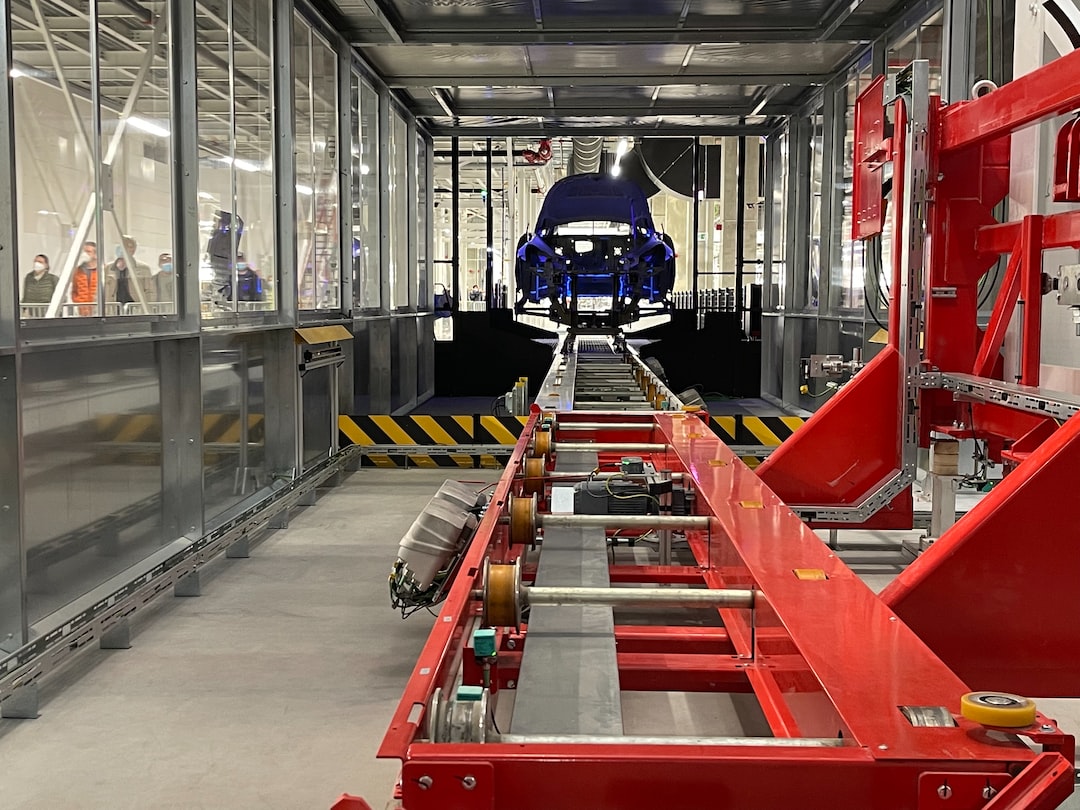Manufacturing has come a long way since the industrial revolution. From manual labor to advanced automated systems, the manufacturing industry has been evolving continuously. Today, the industry faces rapid changes driven by technological advances, changing consumer demands, and global competition.
In this blog post, we will explore the future of manufacturing and how companies can stay ahead of the game to remain competitive.
1. Embrace Automation and AI
Automation has been transforming the manufacturing industry for quite some time now, and its impact is only going to increase in the future. Advanced machines can perform repetitive tasks with precision and accuracy, improving quality, efficiency, and productivity. Robotics and Artificial Intelligence (AI) technologies are the latest additions to automated manufacturing.
With AI, manufacturing companies can predict machine downtime and maintenance needs, optimize production schedules, and enhance quality control. Predictive maintenance, for instance, can identify an issue before it becomes a problem, leading to better uptime, safety, and productivity.
It is important to note that automation and AI aren’t meant to replace human workers. Instead, their capabilities should be utilized to support manufacturing operations and boost worker productivity and efficiency.
2. Optimize Supply Chain Management
Manufacturing doesn’t happen in a vacuum. A vast network of suppliers, logistics partners, and other third-party vendors are involved in the manufacturing process. As a result, supply chain management plays a crucial role in the success of manufacturing companies.
In modern manufacturing, supply chain optimization is a vital priority. This is because the supply chain can affect every aspect of an organization, from product development to delivery. Inefficient supply chains can lead to production delays, unsatisfied customers, and unnecessary costs.
By leveraging technology and data analytics, manufacturers can optimize their supply chains, leading to better decision making, reduced lead times, and improved supplier relationships. Using predictive analytics, for example, manufacturing companies can forecast the demand for their products, enabling them to optimize their inventory levels, production schedules, and delivery timelines.
3. Utilize Big Data and Analytics
Data and analytics play a significant role in modern manufacturing, and their importance is only going to increase in the future. Manufacturing operations generate vast amounts of data, from machine data to supply chain data, customer data, and more.
By utilizing big data and analytics, manufacturing companies can gain insights into every aspect of their operations, leading to better decision making, improved productivity and efficiency, and enhanced customer experiences.
For instance, data analytics can help manufacturers identify inefficiencies in the manufacturing process, optimize production schedules, and anticipate equipment failures, leading to improved uptime, better maintenance schedules, and reduced downtime.
4. Move Towards Sustainable Manufacturing
Sustainable manufacturing has gained prominence in recent years, and it is going to play a significant role in the future of manufacturing. With the world becoming more environmentally conscious, customers are demanding products that are manufactured sustainably and have minimal environmental impact.
Sustainable manufacturing involves reducing waste, conserving energy, and minimizing the use of toxic chemicals and other materials. By adopting sustainable manufacturing practices, companies can reduce their carbon footprint, reduce costs, and meet customer demands for environmentally friendly products.
One sustainable manufacturing practice that is gaining traction is additive manufacturing. Unlike traditional manufacturing which generates a lot of waste, additive manufacturing uses less material, produces less waste, and can create complex shapes and designs. This reduces the need for multiple parts and assembly, leading to reduced material and labor costs.
5. Foster Innovation and Agility
With rapid changes in technology, consumer preferences, and industry regulations, manufacturers need to be agile and innovative to stay ahead of the game. They need to be able to adapt quickly to changing market conditions, new competition, and other disruptions.
To foster innovation and agility, manufacturers need to prioritize investment in R&D and innovation and cultivate a culture of learning and continuous improvement. This means embracing new technologies, such as AI, robotics, and 3D printing, and continually improving existing processes and operations.
Conclusion
The future of manufacturing is exciting and uncertain. It is a time of rapid change and innovation, with technological advancements fueling new possibilities and creating new challenges. Manufacturers need to adapt to stay competitive, embracing new technologies, optimizing their operations, and making sustainability a priority.
To remain ahead of the game, manufacturers need to stay agile, innovative and foster an environment that allows for constant improvement of their processes and products. With the right approach and investments, the future of manufacturing can be a bright one, leading to higher profitability, a better brand image, and more satisfied customers.

